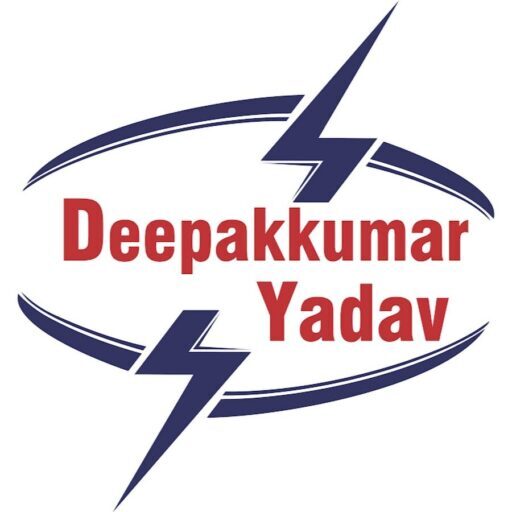How Nuclear Reactors Controlled
Q. How are nuclear reactors controlled? Explain two different methods in brief.
- To maintain a sustained controlled nuclear reaction, for every 2 or 3 neutrons released, only one must be allowed to strike another uranium nucleus.
- If this ratio s less than one then the reaction will die out, if it is greater than one there will be atomic explosion.
- A neutron absorbing element must be present to control the amount of free neutrons in the reaction space.
- Most reactors are controlled by means of control rods that are made of a strongly neutron-absorbent material such as boron or cadmium.
- The movement of these control rods out of the reactor will allow the neutron being captured by them to produce fission reaction at a brisk rate, thus increasing the power generated.
- The neutron flux density in the reactor is measured by sensors. As per the output from sensors, signal is given to the control system which operates the control rods.
- The position of control rods is adjusted such that desired power output is obtained.
- In addition to the need to capture neutrons, the neutrons often have too much kinetic energy.
- These fast neutrons are slowed through the use of a moderator such as heavy water and ordinary water.
- Some reactors use graphite as a moderator, but this design has several problems.
- Once the fast neutrons have been slowed, they are more likely to produce further nuclear fissions or be absorbed by the control rod.

